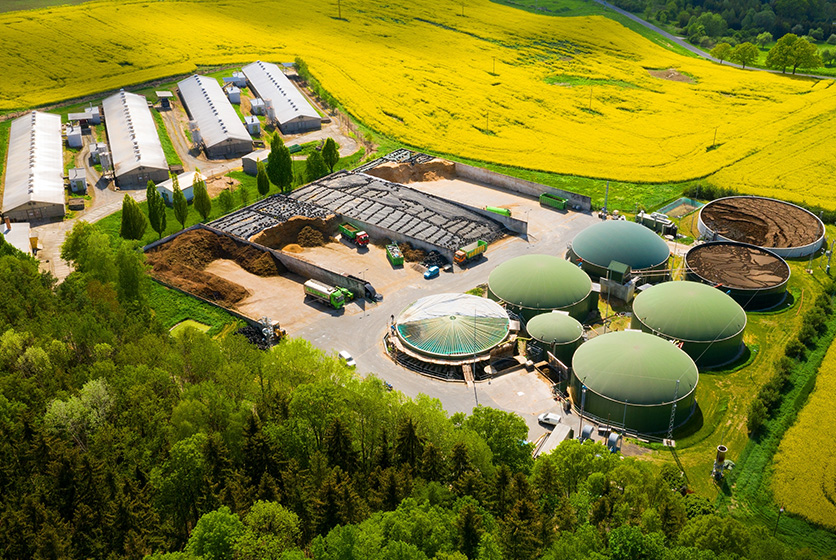Carbon Credits
Indian farming is seeing the fourth wave of revolution which has brought in multiple advancements, and changes including:
-
Growth of disruptive technologies
-
Use of AI
-
Rise of methods such as precision agriculture
-
Increasing use of Internet of Things and
-
agriculture carbon credits
Let's delve a little more into carbon credits.
Carbon offsets and credits
The subject of carbon credits and offsets is complex, but interesting! Carbon offsets help diminish or balance the amount of emissions. And when an institution (or any other entity) invests in carbon offsetting, they receive carbon credits. The combination of carbon offsetting and credits can be applied in almost any project / sector; including agriculture; that produces greenhouse gases.
Within the realm of carbon offset standards, GS or Gold Standard applies to agriculture. Developed by the WWF or World Wide Fund for Nature in 2003, the Gold Standard includes categories such as afforestation, energy efficiency, and agriculture. It is interesting to note that this certification programme is administered from Geneva with local experts from countries like India, South Africa, and Brazil.
Carbon credits and Indian agriculture
Indian farming is reaping the benefits of carbon credits in many ways. One of the important aspects of creating offsets is carbon content in the soil. Carbon sequestration is becoming more and more important because the soil’s capability to hold carbon is reducing significantly. Agriculture and allied sectors contribute to greenhouse gas emissions in multiple ways, and it is therefore vital to continue to talk about carbon credits in Indian agriculture.

Geo-tagging, remote sensors, periodic measurements of soil carbon levels, implementation of good practices, and regenerative farming practices are all playing their parts in carbon credits in this sphere.
The scope of application in agriculture is because of:
-
Emissions from agricultural equipment
-
Methane emissions from flooded rice fields
-
Urea – excess use release nitrous oxides
-
Use of pesticides
-
Energy use for irrigation
-
Transportation systems and so on.
Carbon credits benefit farmers by giving them additional income. In the larger scheme of things, it gives them the opportunity of adopting sustainable agricultural practices. It also helps them:
-
Improve soil fertility
-
Reduce Greenhouse Gas (GHG) emissions
-
Lower costs of cultivation
-
Optimise water usage and
-
Improve yield quality too
Yes, there are legal ramifications, and a few other areas where fail-safe protocols need to be established but there seems to be little doubt that carbon offsets and credits can help Indian agriculture as well. This can be seen in the slow but steady rise of projects, and companies applying for VCS certification (Verified Carbon Standard) under the VM0042 methodology (Methodology for Improved Agricultural Land Management).
Ecosystem of carbon credits
There are a few important players in the agricultural carbon credits space:
-
The landowner / farmer / agriculturist, of course
-
Creators of the carbon offsets
-
Buyers of carbon offsets
-
Evaluators of carbon credits and
-
Brokers or middlemen for carbon credit trading
An active carbon market could also help carbon credits. Carbon credits generated from Indian agriculture could be traded in the carbon market – domestic and international. And if this contributes to the interest and investment that farmers make in carbon offsets, then it would go a long way in tackling climate change and agricultural health.



